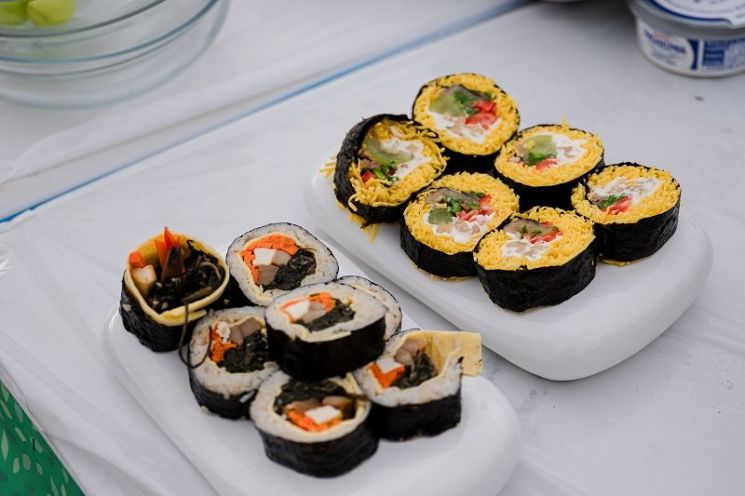Tourism Corporation: “Korean Everyday Food Spreading Online”, “The Korea Tourism Organization announced on the 20th that the food consumption patterns of foreign tourists visiting Korea are expanding from traditional Korean cuisine to everyday K-food found in daily life.”,
,
, “According to the analysis of foreign credit card transaction data from 2018 to July 2025, while traditional dishes like kimchi, bulgogi, and bibimbap were once representative of Korean food for foreigners, interest is now growing in everyday foods such as ramen, kimbap, and street snacks.”,
,
, “The Korea Tourism Organization explained that Korean everyday food is spreading online because, for foreigners, food is becoming a special journey to experience culture and daily life, not just a sustenance.”,
,
,

The Korea Tourism Organization stated on the 20th that the patterns of Korean food consumption by foreign tourists visiting Korea are evolving from traditional Korean foods like kimchi, bulgogi, and bibimbap to everyday foods such as ramen, kimbap, and street snacks.,
,
, “According to a 2024 survey of potential foreign visitors, the most desired activity when visiting Korea was ‘going on a food tour (15.7%)’. As per the Korea Tourism Data Lab, the top growing menu items based on annual average growth rate (CAGR) in card payment data were ice cream (35.0%), convenience store foods (34.0%), and waffles/croffles (25.5%).”,
,
, “Hamburgers, bread, and coffee, which are familiar to foreigners, also held significant portions in consumption data. From January to July this year, the most transaction counts were in cafes (8.9 million), bakeries (3 million), and hamburgers (2.3 million), with growth rates compared to the previous year at 29.5%, 36.2%, and 38.2%, respectively. Moreover, unique experiences in Korea, like limited editions, collaborations, and local specialties as toppings, also contributed to this trend. Out of the top 10 brands in hamburger transactions, 6 were domestic franchises, and global brands also attracted foreigners by showcasing exclusive menus and unique stores available only in Korea.”,
,
, “Convenience stores are also evolving. It was found that foreigners perceive them not just as accessible shopping spots but as a ‘travel menu board’ offering everything from ramen to snacks. An analysis of social networking service (SNS) posts from January to July 2023 showed that 40.1% of convenience store-related posts were connected with food, with major keywords being ramen (14.1%), coffee (10.5%), and snacks (7.0%). Card transaction counts in convenience stores were about 13 million during this period, the highest among K-food sectors.”,
,
, “While ordinary foods for Koreans, dishes like noodles and dumplings (55.2%) and gamjatang (44.0%) can be perceived as special meals for foreigners. As of July this year, these menu items recorded the highest growth rates compared to the same period last year. Traditional snacks are also being re-highlighted through social media proliferation, with consumption of rice cakes and Korean traditional sweets growing by 76.9%. The ‘honey rice cake cereal,’ which trended on overseas SNS, garnered over 300,000 ‘likes,’ leading to new product launches by domestic companies.”,
,
, “Im Sook, the Tourism Data Strategy Team Leader at the Korea Tourism Organization, stated, ‘As the latest trends are shared in real time globally, the everyday life of Koreans is spreading as new experiences for foreigners, which in turn influences Koreans, clearly showing interactions in the tourism industry.’ She added that the tourism corporation plans to promptly capture these changes and actively incorporate them into tourism policies and inbound marketing strategies.”

